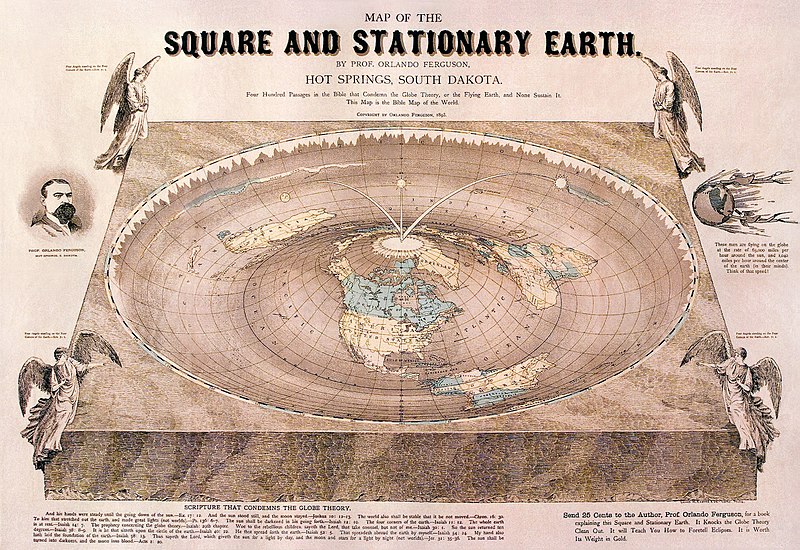Podcast: Play in new window | Download
Subscribe:
[This is the second of a series of essays on debt, prompted by recent revelations about how the issue was handled in ancient Mesopotamia.]
 Western civilization began to flourish about 6,000 years ago, not long after agriculture replaced hunting-and-gathering as the occupation of most humans, on the fertile ground between the Tigris and Euphrates Rivers. The region is known in history as Mesopotamia, a cradle of civilization, and is known today, with terrible irony, as Iraq and Syria, war-ravaged graveyards of civilization.
Western civilization began to flourish about 6,000 years ago, not long after agriculture replaced hunting-and-gathering as the occupation of most humans, on the fertile ground between the Tigris and Euphrates Rivers. The region is known in history as Mesopotamia, a cradle of civilization, and is known today, with terrible irony, as Iraq and Syria, war-ravaged graveyards of civilization.
One of the earliest systems of writing (cuneiform) began here, the wheel was invented here, the Semitic languages — Hebrew and Arabic — arose here, metalworking — the Bronze Age — began here, as did mathematics, astronomy and codified law. These were smart, creative people, who among many other things experimented with forms of government: city-states, kingdoms, elements of democracy, empires.
Very early on, shortly after it was invented, they all seem to have recognized the toxicity of debt. Modern historians discovered this only recently, because of breakthroughs in the decoding of ancient languages. For some time the revelations about debt were particular to some time frame or ruler being studied, but a few scholars began to see and pursue a wider pattern. The foremost among them, Dr. Michael Hudson of the University of Missouri, has spent 30 years fleshing out this pattern, with mind-blowing results. Continue reading →

 Here, in the 18th year of the New Millennium, the 28th Year of Our Internet (delivering unlimited information to all), and the 30th year of the Great Harangue over Climate Change (dating it from
Here, in the 18th year of the New Millennium, the 28th Year of Our Internet (delivering unlimited information to all), and the 30th year of the Great Harangue over Climate Change (dating it from 
 According to Michael Hudson’s new book
According to Michael Hudson’s new book  [This is the first of a series of essays on debt, prompted by recent revelations about how the issue was handled in ancient Mesopotamia.]
[This is the first of a series of essays on debt, prompted by recent revelations about how the issue was handled in ancient Mesopotamia.]

 One of the Sunday magazine shows the other week devoted a segment to a meeting of the Flat Earth Society. It featured interviews with earnest, articulate people professing their belief in the proposition that the earth is flat, and their scorn for all the so-called “evidence” to the contrary: the moon landing, the space station, the stunning images from orbiting satellites — all fake.
One of the Sunday magazine shows the other week devoted a segment to a meeting of the Flat Earth Society. It featured interviews with earnest, articulate people professing their belief in the proposition that the earth is flat, and their scorn for all the so-called “evidence” to the contrary: the moon landing, the space station, the stunning images from orbiting satellites — all fake.